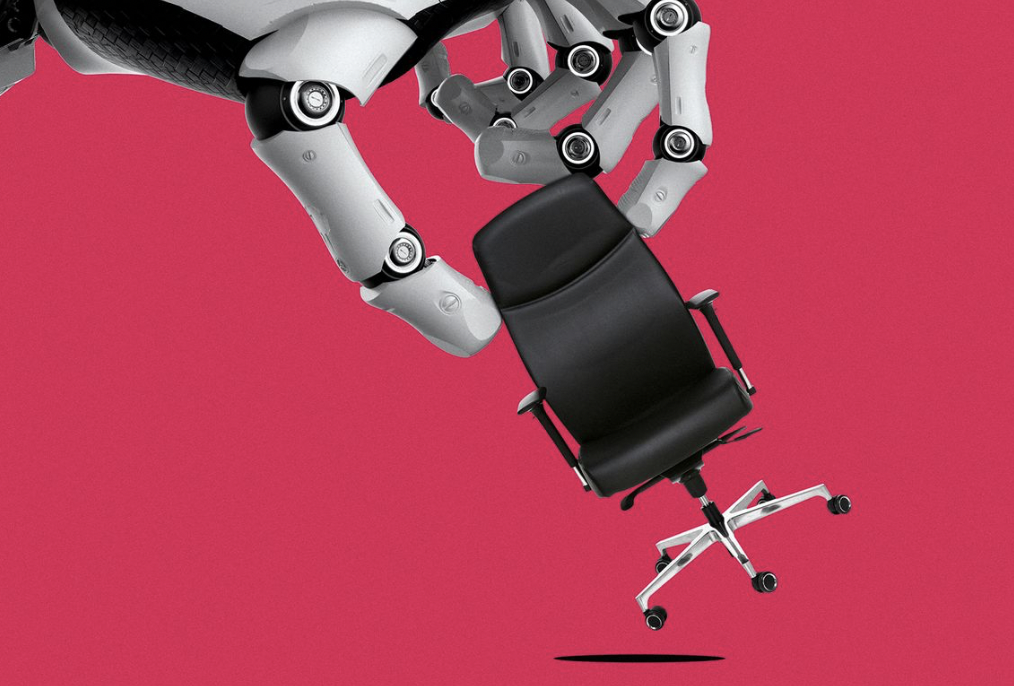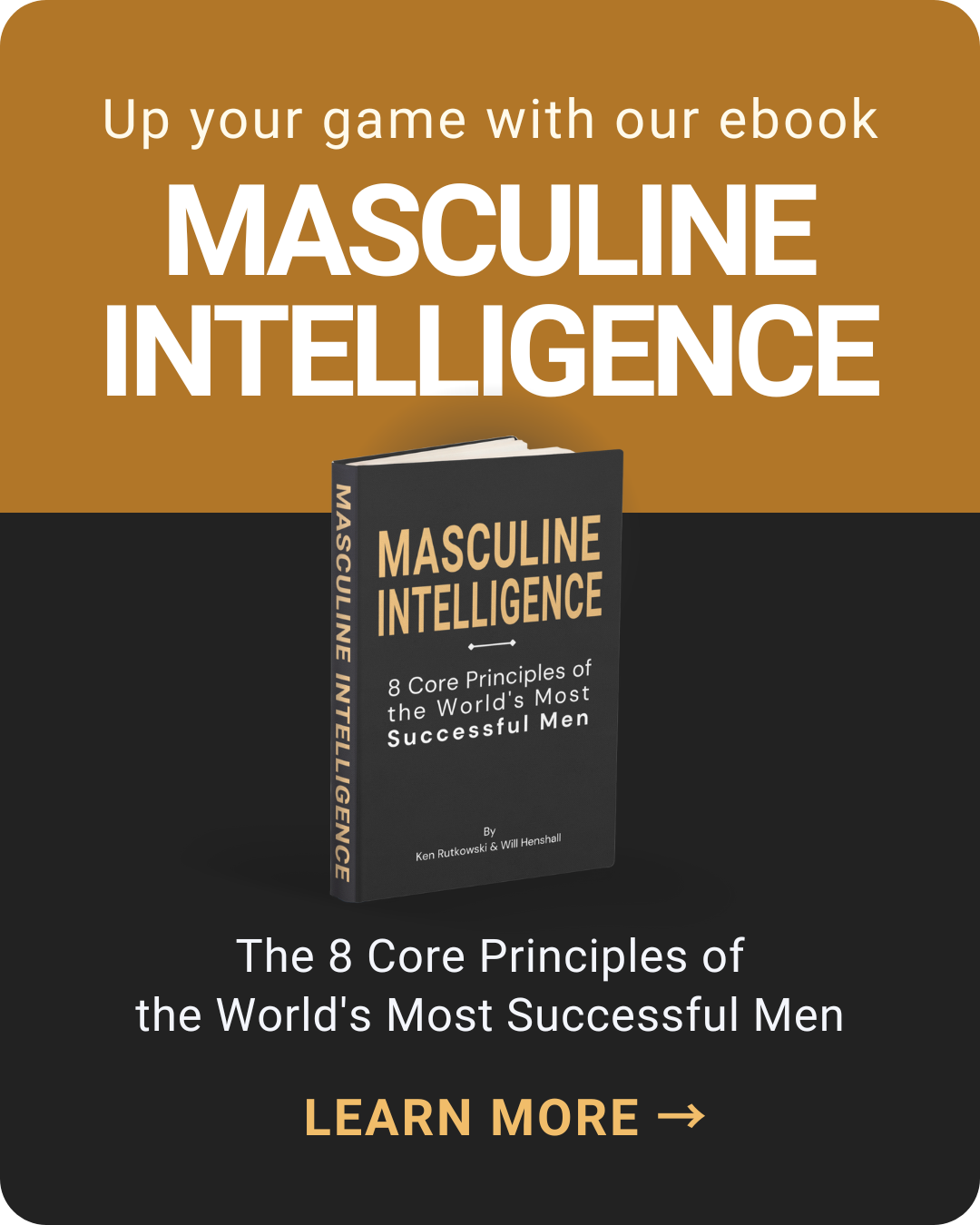
The former Chief Solutions Officer at Yahoo! and New York Times bestselling author of Love Is the Killer App and The Likeability Factor, Tim Sanders is saving the world at work.
He's a dynamo onstage and, perhaps most compellingly, he might be one of the most enlightening future thinkers around AI and how it will be changing working life and the workforce in the world today.
“I’m lucky to be doing some work with D3, The Digital Data Design Institute. We’re competitive with OpenAI and Anthropic in terms of volume of research and we are running structured research projects to generate insights about the value of data in the new world we live in, and the possibilities of generative AI. I'm so excited to be able to help them package those academic insights for the business community and make them actionable.”

Watch Tim Sanders at METAL
Sanders’ interests are broad-ranging and eminently practical. Here are a few of the trends he sees will be shaping the business landscape in the next five years:
TREND #1: PRIORITIZING SECOND-PARTY DATA
“AI has utterly changed the business landscape,” he says, “as has social media. It's a different world. It's a completely different world.”
“One company I’m involved with is working with the idea that second-party data, like buyer intent, for example, has less bias. The idea is that you’ve got to monitor the conversations out there, because they may be more accurate than the direct conversations you're having with your customers. That takes a lot of compute, and it hinges on automation.”
TREND #2: THE AI WORKFORCE
AI promises to relieve whole swaths of the workforce from their careers but it also creates sweeping new opportunities.
“The number one challenge in the coming years will be to find people to develop, run, tune, and assess the output of AI, so AI can do what it is designed for.”
The way he describes it, you will need a small human army to wield the AI that is coming.
“It takes many, many people to work on data, to code, to manage quality, for support, for implementation. AI is not something you buy off the shelf. If you want to succeed, you have to find the talent. Finding full time specialists is difficult – but you easily find workers on platforms like Upwork.”

Sanders insists you’ll need strategic consultants as well.
“You need experts to understand the business opportunities as well as existential threats out there to your business – and then expertise on exactly how Gen-AI can be deployed: how to stage the use cases, how to measure results, and how to connect all the efforts together along the data pipeline for real value-creating.”
The list doesn’t stop there.
“You’ll need someone to set up systems architecture to prevent leakage of IP if you’re using open-source solutions, and both prompt and general engineers, and people then to assess what to put into production and what not... in fact, you’re going to need a core of full-time team members in the judgment business”
TREND #3: THE ON-DEMAND TALENT CLOUD
Given the speed of AI change and the expertise needed, Sanders reiterates that part-time expertise will become more important than ever. “I've been with Upwork since pretty much the dawn of Covid: January 2020. The world of freelance work has kind of really moved from gig work to this on-demand talent cloud thing. That's just revolutionizing how companies get work done.”
TREND #4: THE AGENTIC ECONOMY
Autonomous agents are required to support success. These agents don't just make predictions and generate artifacts... they execute instructions.
More and more, he says, you will need “an Agent Engineer, which is different from an AI Engineer, which is different from the Software Engineer. Agent Engineers have new skillsets and operate from a different set of experiences.”
This is all part of what he calls The Agentic Economy.
“I'm excited about the Agentic Economy. Agentic: that's the word of 2025, in my view; the arrival of autonomous agents that don't just make predictions like machine learning. They execute instructions from soup to nuts, eliminating our need to interact with so many processes. That is going to be the biggest thing you will hear about next year. You're going to see a lot of money move to that.”
Not every example of an agentic product, though, will win.
“An example of a great agentic idea but with bad execution was the Rabbit,” he says, “which was shown at CES this last year.”

His favorite review said the Rabbit “arrived a little undercooked.”
“It's a beautifully designed product, aesthetically,” he admits.
“It should have been an app. It was just a bad product. It shouldn't have been a device, but it presented well as a piece of hardware at CES and on Kickstarter.”
To be fair though, Sanders acknowledges that the Rabbit was the beginning of something big, “because this Rabbit does things based on a voice prompt. I can tell it. ‘go order a Doordash,’ give it some specific instructions and my doorbell rings in 20 min. It can fetch an Uber for me. I can point it at an article and it can do a TLDR, tell me where to buy the product or even what's in the product.”
This rise of semi-supervised learning is a quantum leap in efficiency and productivity.
“We're going to look back on ChatGPT five years from now, where you had to copy this thing, you had to reformat it then move it to actually put it to use. It will be seen as archaic and supremely wasteful.”

AI is moving us from supervised learning – where we treat ChatGPT like an intern – “to semi-supervised or unsupervised learning, where we treat agents like an employee to whom we give credentials. We will hold them accountable to execute ideas. That’s exciting.”
How might that work? Hang on to your hat and follow his explanation:
“Take this for example: an agent’s responsibility would be to navigate applications to complete a prompt task. I could ask an agent to go create wireframes, but I'm not a designer. I could ask my agent to use Canva to create a wireframe of an app I'm describing. Then I could have a different agent, which we would call agent on agent – go take the wireframe and create a primary base of code. I could have a third agent go produce a total addressable market research project for me, as well as a lead list of angel investors and send them emails on my behalf. Not only that, I could have it then schedule the meetings based on those that responded. In the meantime, I’d have the other two agents cook up an actual working prototype that I could deploy, say on Google Play.”

Sanders insists he’s not fabulating. “We will use autonomous agent technology to not only extend what we do, but to increase with hyperspeed the movement of what's in our head to what exists in the real world.”
The automation doesn’t stop there.
“With ChatGPT, you say you can generate great ideas but nothing gets executed. In other words, the cake gets made, but it doesn't get baked. So I think that's the critical distinction – between supervised and semi-supervised learning. It’s a big deal.”
OTHER AI HORIZONS
Sanders is also excited about small-language models and micro-language models.
“Right now,” he says, “we're in the large language model vortex of trillions of parameters creating barriers to entry, creating an API relationship with generative AI. The thing is that small language models are good enough for plenty of alignment and business value-creation needs.”
There’s a problem with large language models, he points out.
“They're prohibitively expensive, not only to maintain, but more importantly, to access. By contrast, small language models use retrieval augmentation. That's where you're going to use a reduced focus for ChatGPT to study the right data. It reduces hallucinations. It increases response. It's not as creative, but we don't always need creativity. And the small language model is going to be a revolution in affordability because LLMS are expensive, to say the least!”
Sanders offers another culinary metaphor by explanation…
“Think of it as the difference between buying an entire grocery store so you can make your mom’s spaghetti sauce when you really only needed to access the aisle with Italian foods. That’s not what Sam Altman’s selling, and it’s costing him a fortune.”
How does Sanders stay on top of so many trends? He follows three sources of information.
First, he follows academic research.
Second, he watches VC outflows; what kinds of AI are being supported and accelerated?
Third, he watches how big players like AWS are starting to adopt AI.
SANDERS ON ART AND ORIGINALITY
With all his excitement about AI, Sanders reminds us that in some ways, you can’t replace the human touch.
“In publishing, a really smart editor can save a book. My book – Love Is the Killer App – I had originally wanted to call Gonzo Business. [My editor] saved me from myself.”
In music, AI can drastically cut costs and supply new tools to artists. “But I was at a recent party,” he recalls, “where somebody pulled out one of those AI apps and gave it a prompt and included the name of the host, and the AI made up the song on the spot. I literally lost my appetite, as a musician. Here’s the thing: AI can augment, but not replace.”
Even though you can make a song with AI, he says it's not going to be original.
“AI is sort of like what Seth Godin told me about Amazon. ‘They're good at everything, but they're great at nothing.’ So I don’t expect you will produce anything remarkably original if you use AI to make music. But let’ see. The possibilities are accelerating every day.”
Written by Adam Gilad
Trending Now
New Study Confirms Mammal-to-Mammal Avian Flu Spread: Recent research indicates that avian influenza has spilled over from birds to dairy cattle in various U.S. states, resulting in mammal-to-mammal transmission—specifically between cows, and from cows to cats and a raccoon. This marks one of the initial instances of efficient and continuous transmission of the highly pathogenic avian influenza H5N1 among mammals. (Phys)
Apple Maps Launches on the Web to Take on Google: Apple Maps has made its debut on the web. With the beta release on Wednesday afternoon, users can now access driving and walking directions, and view ratings and reviews through the web version of Apple Maps on both desktop and mobile browsers. Apple Maps is available through the beta.maps.apple.com site. (The Verge)
E-scooter and e-bike Injuries are Soaring: While "micromobility" forms of transportation such as electric bikes and scooters have surged in popularity; they have not been without their drawbacks. A recent research paper released this week indicates that injuries from e-bikes have doubled annually from 2017 to 2022. In the same period, injuries from electric scooters increased by 45%. (Qz)



